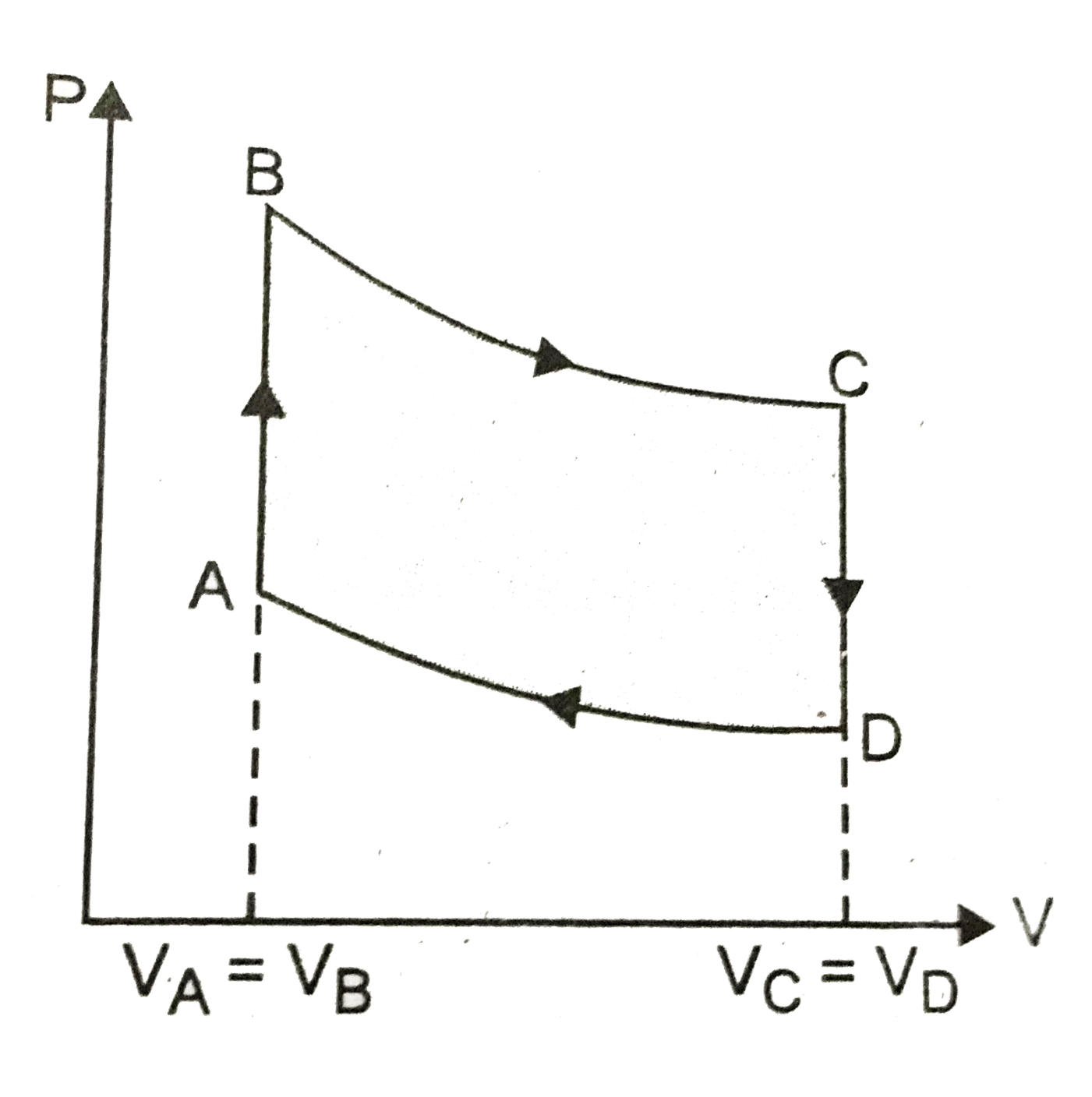The rate of working of an engine is given by
R=15v+6000v, where 0<v<30
and v is the speed of the engine. Show that R is the least when v = 20
Step by step video & image solution for The rate of working of an engine is given by R = 15v + (6000)/(v), " where " 0 lt v lt 30 and v is the speed of the engine. Show that R is the least when v = 20 by Maths experts to help you in doubts & scoring excellent marks in Class 12 exams.
Updated on:21/07/2023Topper's Solved these Questions
- APPLICATIONS OF DERIVATIVESBOOK - RS AGGARWALCHAPTER - APPLICATIONS OF DERIVATIVESEXERCISE - Exercise 11G
32 Videos
- APPLICATIONS OF DERIVATIVESBOOK - RS AGGARWALCHAPTER - APPLICATIONS OF DERIVATIVESEXERCISE - Exercise 11H
30 Videos
- APPLICATIONS OF DERIVATIVESBOOK - RS AGGARWALCHAPTER - APPLICATIONS OF DERIVATIVESEXERCISE - Exercise 11E
22 Videos
- ADJOINT AND INVERSE OF A MATRIXBOOK - RS AGGARWALCHAPTER - ADJOINT AND INVERSE OF A MATRIXEXERCISE - Exercise 7
37 Videos
- AREA OF BOUNDED REGIONS BOOK - RS AGGARWALCHAPTER - AREA OF BOUNDED REGIONS EXERCISE - Exercise 17
39 Videos
Similar Questions
Show that the velocity of sound in a gas is given by vt=v0+(v0/546)t, where v0 is the velocity at 0∘C and t is the temperature of the gas in ∘C. Assume t<<273.
View SolutionThe ptich of the whistle of an engine appears to rise to 1,2 times the original value when it approaches a stationary observer. Calculate the speed of the engine if the speed of sound in air is 330 m/s.v'=(VV−VS)v
View Solution
Knowledge Check
A source of sound emits sound waves at frequency f0. It is moving towards an observer with fixed speed vs(vs<v where v is the speed in air). If the observer were to move towards the source with speed v0 one of the following two graphs (A and B) will give the correct variation of the frequency f heard by the observer as v0 is changed,
_E01_169_Q01.png)
The variation of f with v0 is given correctly by :-Agraph A with slope =f0(v+vs)Bgraph B with slope =f0(v−vs)Cgraph B with slope =f0(v+vs)Dgraph A with slope =f0(v−vs)In a certain region of space, the gravitational field is given by −kr where r is the distance and k is a constant. If the gravitaional potential at r=r0 be V0, then what is the expression for the gravitaional potential (V)-
Aklog(rr0)Bklog(r0r)CV0+klog(rr0)DV0+klog(r0r)The resistance R=VI, where V=(100±5.0)V and I=(10±0.2)A. Find the percentage error in R.
A0.7%B0.5%C5%D7%
The ptich of the whistle of an engine appears to rise to 1,2 times the original value when it approaches a stationary observer. Calculate the speed of the engine if the speed of sound in air is 330 m/s.v'=(VV−VS)v
View SolutionA voltmeter of resistance RV and an ammeter of resistance RA are connected as shown in an attempt to measure the resistance R. The measured value of the resistance is RM=VI0 where V is reading of voltmeter and I0 is reading of the ammeter. find the true value of the resistance in terms of RM,RVandRA.

View SolutionA cycle followed by an engine (made of one mole of perfect gas in a cyclinder with a piston) is shown in (figure)
A to B: volume constant B to C: adiabatic
C to D: volume constant D to A: adiabatic
Vc=VD=2VA=2VB
(a) In which part of the cycle heat is supplied to the engine fron outside?
(b) In which part of the cycle heat is being given to the surrounding by the engine?
(c ) What is the work done by the engine in one cycle? Write your answer in term of PA,PB,VA.
(d) What is the efficiency of the engine? (γ=5/3for the gas), (Cv=32Rfor one mole)

View SolutionA cycle followed by an engine (made of one mole of perfect gas in a cylinder with a piston) is shown in figure.

A to B volume constant, B to C adiabatic, C to D volume constant and D to A adiabatic
VC=VD=2VA=2VB
(a) In which part of the cycle heat is supplied to the engine form outside?
(b) In which part of the cycle heat is being given to the surrounding by the engine ?
(c ) What is the work done by the engine in one cycle ? Write your answer in term of pA,pB,VA ?
(d) What is the efficiency of the engine ?
(γ=53 for the gas), (CV=32R for one mole )
View SolutionShow that the entropy of a perfect gas is given by S=CVInT+RInV+S0
View Solution
